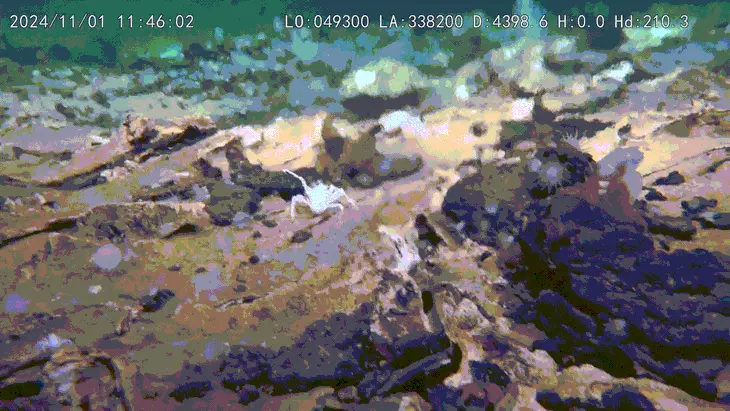
Diverse ecosystem at Kunlun hydrothermal vent system - Photo: SUN WEIDONG
The Kunlun system, located in northeastern Papua New Guinea, includes 20 large craters, the largest of which is about 1,800 meters wide and 430 meters deep, according to LiveScience on September 5.
These craters, clustered together and called by the team “hydrothermal vent clusters,” release large amounts of hydrogen gas, which could foster thriving life throughout the system.
Kunlun has several features that make this hydrothermal vent system unique, such as its enormous size, covering an area of more than 11 square kilometers. The vents have many smaller vents inside.
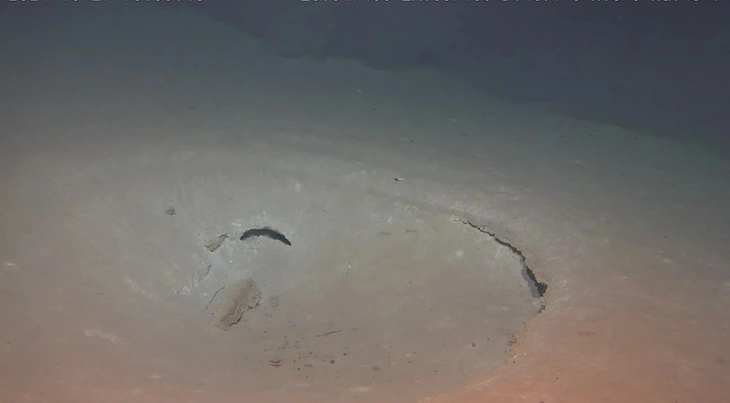
A small hydrothermal vent at the Kunlun system on the bottom of the Pacific Ocean - Photo: SUN WEIDONG
The Kunlun hydrothermal vent system provides scientists with new insights into deep-sea serpentinization—the process by which seawater reacts chemically with mantle rocks to create serpentine minerals and release hydrogen.
A team from the Chinese Academy of Sciences believes they may be able to investigate a potential link between hydrogen release and the emergence of life at Kunlun.
In the new study, the team used a submarine to map the Kunlun system and explore its four largest vents. By measuring hydrogen concentrations in Kunlun's hydrothermal fluids, the team estimates that the hydrothermal vent system could produce more than 5% of the world's geologically generated natural hydrogen.
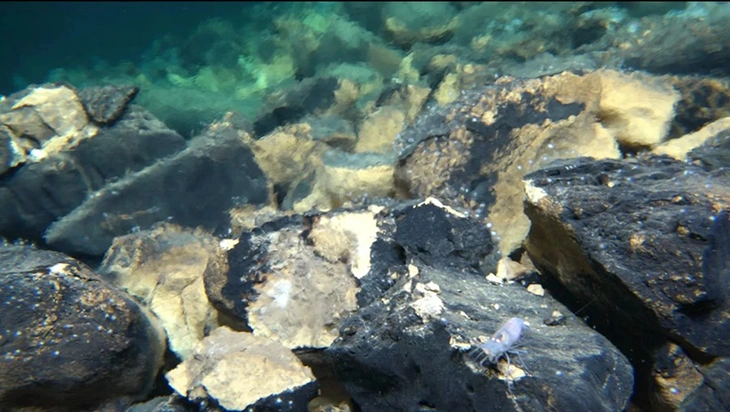
A shrimp is seen at the Kunlun hydrothermal vent system - Photo: SUN WEIDONG
In addition, Kunlun differs from the more common seafloor hydrothermal vent systems – which are driven by volcanoes at tectonic plate boundaries. Those systems are typically chimney-like structures, extremely hot (about 400 degrees Celsius). Systems like Kunlun are cooler, with temperatures around 90 degrees Celsius.
"What is particularly interesting is the ecological potential of the Kunlun system. We can observe the development of diverse deep-sea species here, such as shrimp, lobsters, sea anemones and tubeworms, which must rely on hydrogen-based chemosynthesis," said study co-author Professor Weidong Sun, from the Institute of Oceanography at the Chinese Academy of Sciences.
The study was published in the journal Science Advances .
Source: https://tuoitre.vn/phat-hien-he-thong-ong-phun-thuy-nhiet-khong-lo-duoi-thai-binh-duong-20250905115329207.htm



![[Photo] Draft documents of the 14th Party Congress reach people at the Commune Cultural Post Offices](https://vphoto.vietnam.vn/thumb/1200x675/vietnam/resource/IMAGE/2025/10/28/1761642182616_du-thao-tai-tinh-hung-yen-4070-5235-jpg.webp)
![[Photo] National Assembly Chairman Tran Thanh Man received a delegation of the Social Democratic Party of Germany](https://vphoto.vietnam.vn/thumb/1200x675/vietnam/resource/IMAGE/2025/10/28/1761652150406_ndo_br_cover-3345-jpg.webp)

![[Photo] Flooding on the right side of the gate, entrance to Hue Citadel](https://vphoto.vietnam.vn/thumb/1200x675/vietnam/resource/IMAGE/2025/10/28/1761660788143_ndo_br_gen-h-z7165069467254-74c71c36d0cb396744b678cec80552f0-2-jpg.webp)


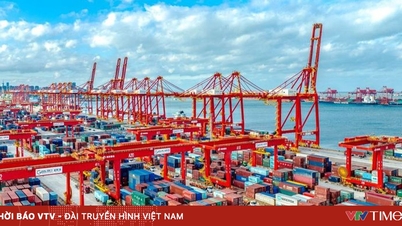









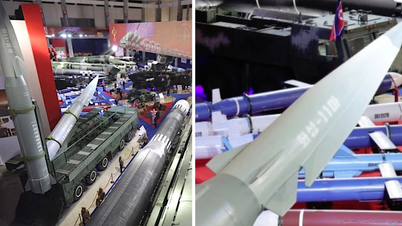
















![[Photo] President Luong Cuong attends the 80th Anniversary of the Traditional Day of the Armed Forces of Military Region 3](https://vphoto.vietnam.vn/thumb/1200x675/vietnam/resource/IMAGE/2025/10/28/1761635584312_ndo_br_1-jpg.webp)

















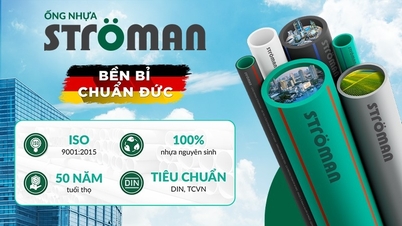

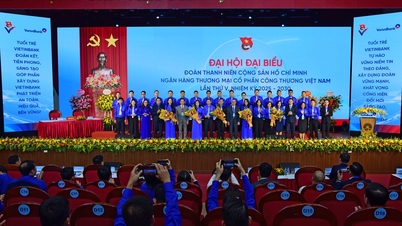










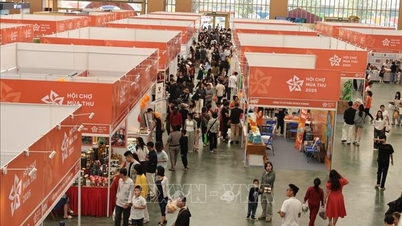












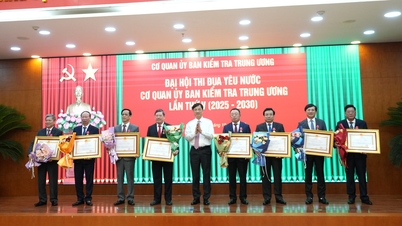






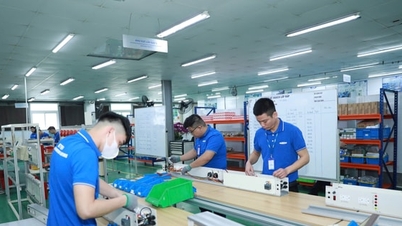



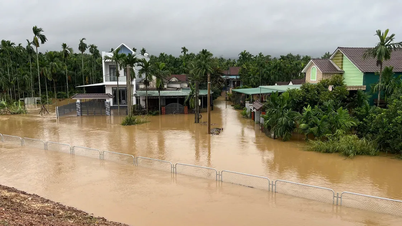














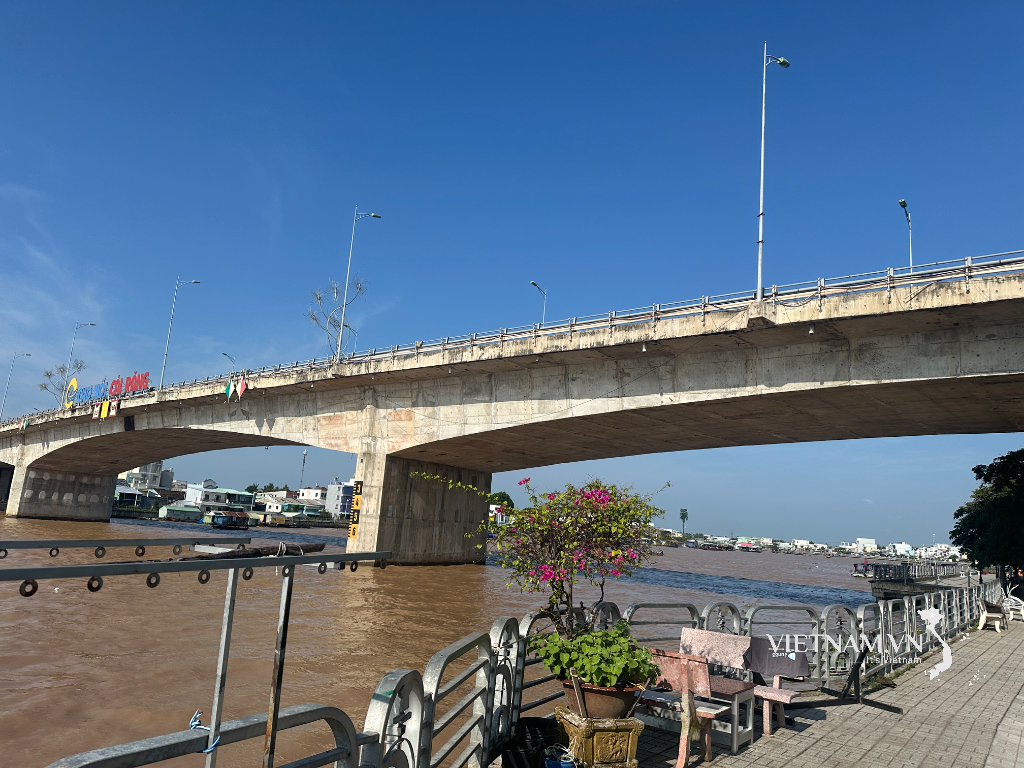



Comment (0)